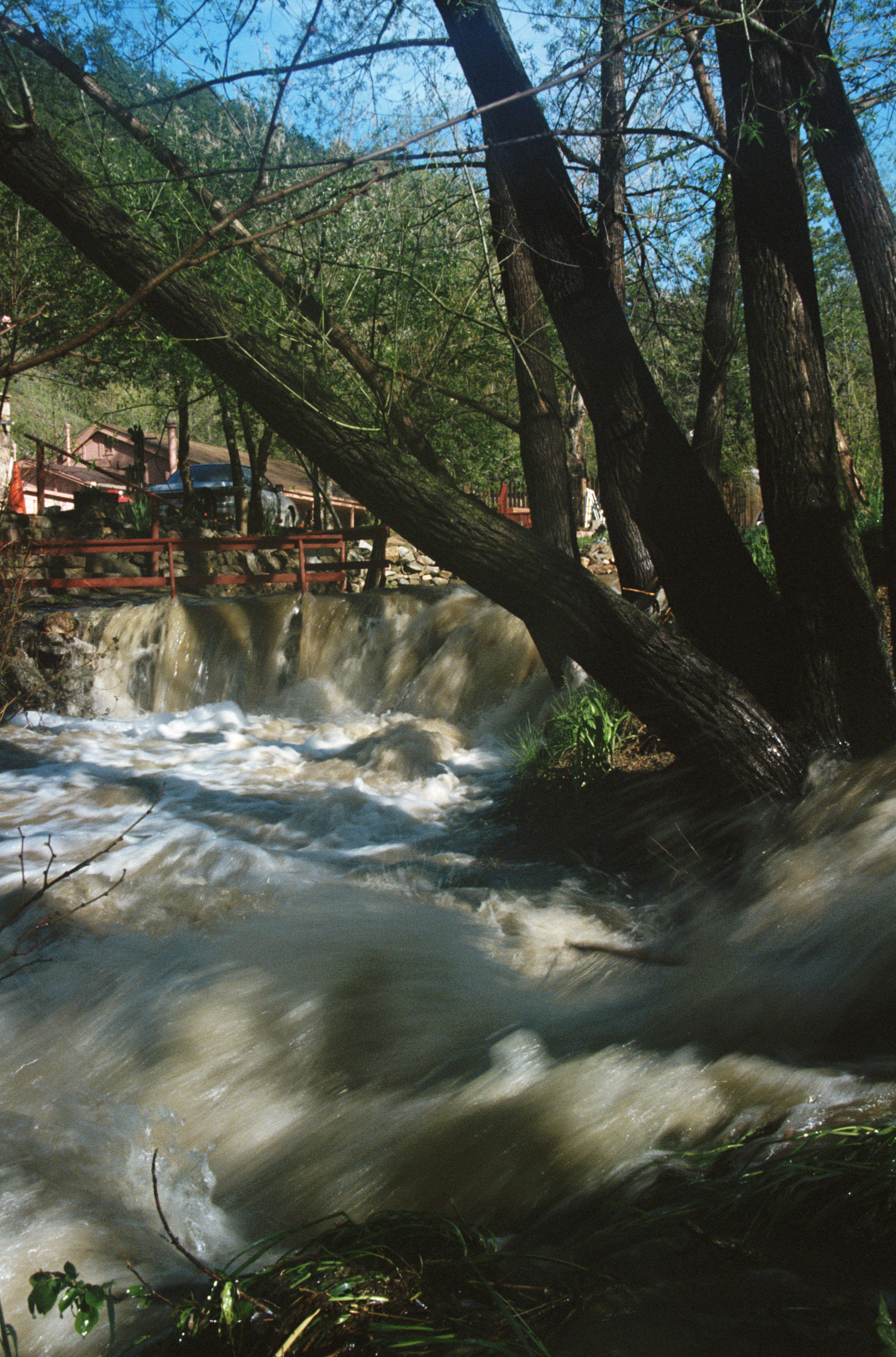 |
The EPA has encouraged states to develop nutrient trading structures for years. When states apply nutrient trading in their CWA programs (e.g., NPDES permitting or total maximum daily loads [TMDLs]), the EPA has oversight authority–that is, the EPA can approve the trading program or require that the state first make improvements.
Hypoxia
Nutrients are generally defined as total phosphorus and total nitrogen. These pollutants cause algal blooms that starve both inland and coastal waters of the levels of oxygen necessary to support public health, aquatic life, food sources, and drinking water quality. The problem, called hypoxia, is getting worse. The first national assessment of oxygen conditions in the 1980s found that 38 percent of water systems had hypoxia. A similar analysis today found that 307 of 647 ecosystems, or 47 percent, are hypoxic. Overall, states have identified more than 15,000 waters nationwide that have been degraded by excess levels of nutrients to the point that they do not meet state water quality standards.
Nutrients are discharged into water from a variety of regulated sources, including municipal wastewater treatment plants, urban stormwater runoff, and concentrated animal feeding operations (CAFOs). However, it is generally believed that the major source of nutrients that pollute waters is runoff from agricultural activity. There are no federal laws regulating agricultural runoff, but some states have water quality laws or regulations applicable to agriculture. In any event, it is generally conceded that nutrient trading does not work without the participation of agriculture. Here’s why.
Environmental Compliance in [Your State] gives you expert analysis of your state environmental regulations, along with instant comparisons between federal and state environmental protection agency regulations. Every key 40 CFR topic is at your fingertips. Buy Now
Trading Economics
The concept behind trading to reduce both air and water pollution is that some sources can reduce their pollutant discharges at much lower cost than other sources. In the case of nutrients, most point sources, such as wastewater treatment plants, are already expending time and money to meet the limitations in their permits.
Farms, on the other hand, are nonpoint sources that generally do not have to meet discharge limits. Many farmers do work with their state agencies and various U.S. Department of Agriculture programs to control runoff, but both the federal government and the states have historically been reluctant to impose strict discharge standards on America’s food providers. As a result, farmers have more avenues in which to reduce nutrient discharges than regulated sources, and they can do it at less expense. Trading works because certain sources can inexpensively generate credits–i.e., a unit of reduced pollution–and then sell those credits at a profit to other entities. While point sources can trade with other point sources, the absence of agriculture in trading programs in most parts of the country would severely limit the effectiveness of the trading program.
EPA’s Trading Policy
Also, while the idea of nutrient trading is simple, its implementation is not. As noted, EPA’s approval of a trading program is necessary when a state uses trading to meet its obligations under the CWA. In 2003, the Agency issued its Water Quality Trading Policy. The policy gives directions to the states on what an approvable trading program should contain. For example, a nutrient trading program needs a baseline, which is the quality goal for a water body or watershed. All pollutant reductions that better the baseline can then be counted as saleable credits. Setting this baseline has often caused controversy, as the EPA sometimes asserts that states are not setting their water quality goals high enough. States often respond that setting a stringent baseline is less important than getting sources involved in trading programs. If the programs work, the economic benefits will drive improvements beyond the baseline.
Environmental Compliance in [Your State] gives you expert analysis of your state environmental regulations, along with instant comparisons between federal and state environmental protection agency regulations. Every key 40 CFR topic is at your fingertips. Buy Now
Watersheds
Another obstacle cited by some is EPA’s tendency to favor small areas within which trading may occur. It is the Agency’s view that limiting trading to well-defined watersheds will reduce the potential for hot spots. For example, if a point source purchases credits from a nearby agricultural operation, the benefits will likely result for the same watershed or even the same water body. The larger the area in which a trade occurs, the greater the possibility that the polluted hot spots will result. This view is not shared by all. For example, some believe that hot spots are more a concern with toxic pollutants and there is too much site-specific variability with nutrients to state categorically that hot spots will result when long-distance trading occurs. Also, industry and some states argue that the smaller the area in which trading is allowed, the fewer partners there are to trade with and the higher the likelihood that the program will go nowhere.
These are some of the issues that states, the EPA, other federal agencies, and industry believe need to be resolved to allow nutrient trading to continue to advance. Industry generally urges the EPA to provide the states with more latitude to design and enforce programs in light of each state’s water issues and economy and address problems on a site-specific basis.
